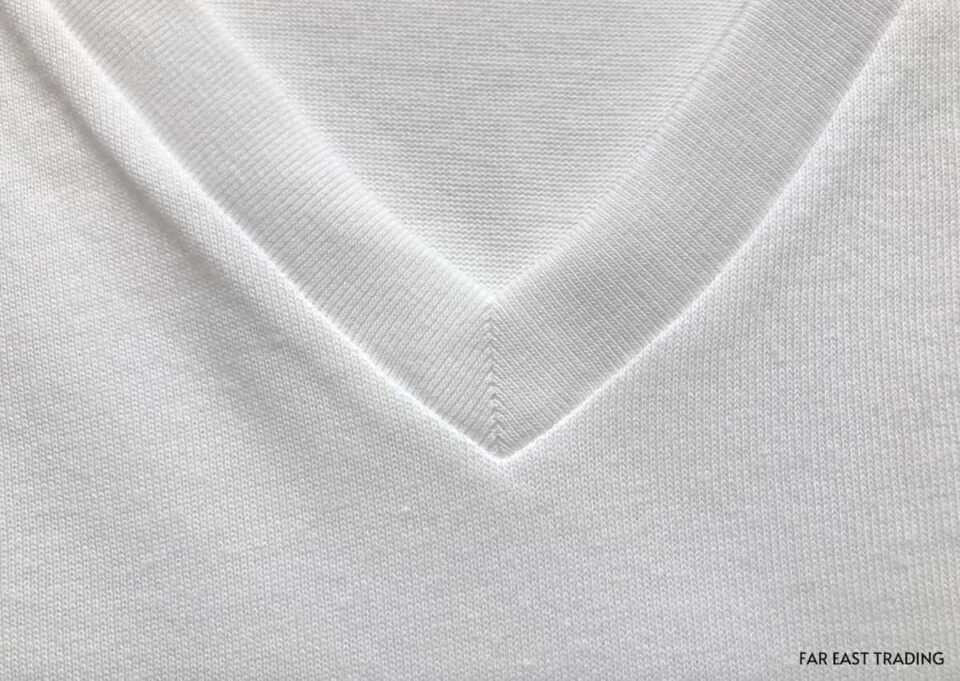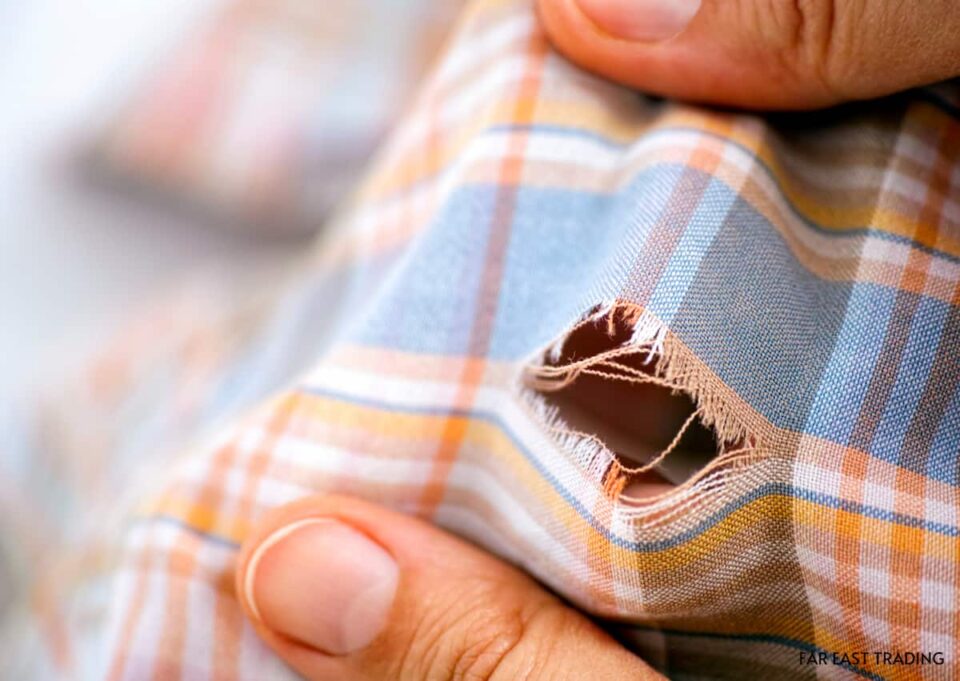Vintage clothing has its own unique charm.
This includes distinctive appearances, stylishness from a well-worn look, and designs that aren't commonly seen on others.
Moreover, as the popularity of vintage clothing increases worldwide due to its sustainability and unique appearance, more celebrities and well-known figures are wearing it, causing the value of vintage clothing to rise steadily.
When hearing about "increasing value," some might think not only about using it for fashion but also wonder, "Could there be some benefit to owning this?"
However, when choosing vintage clothing, there are important points to be cautious about.
In this article, we will introduce "points to check when buying vintage clothing," and share tips and tricks for choosing vintage items, as well as how to discern the aspects that require careful attention.
1. Armpit Discoloration and Yellowing
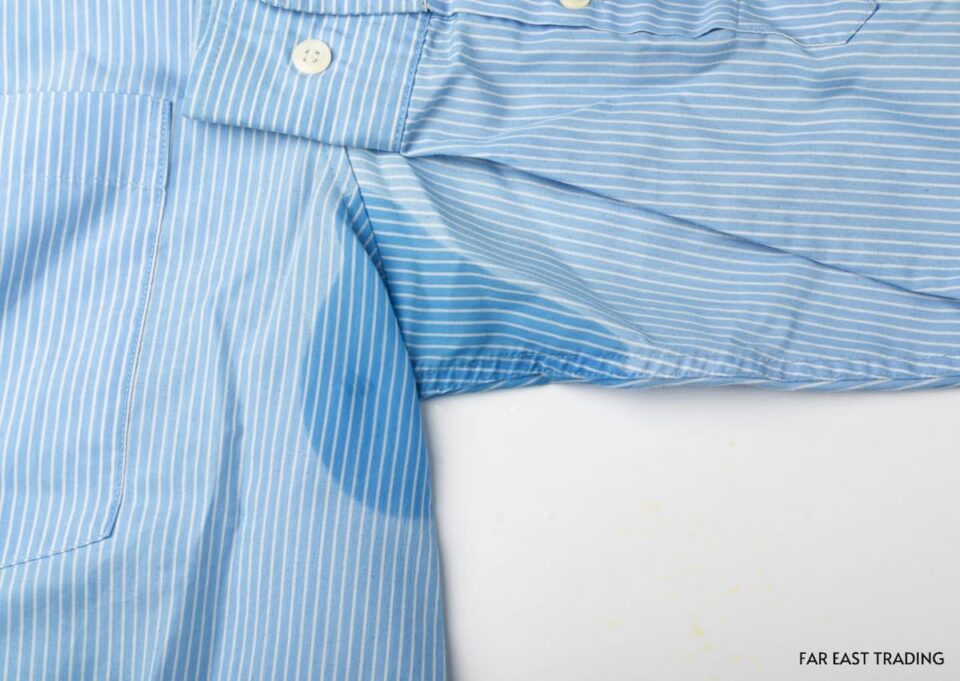
When buying vintage clothing, always check for "discoloration or yellowing of the garment" and avoid clothes that show these signs.
While small holes or frayed sleeves might be acceptable to some people, it's difficult to tolerate armpit stains.
Armpit stains are not easy to remove.
Armpit stains are color stains, so they may not come out even after soaking in bleach for a day.
Using bleach can also fade the color of the vintage item itself and damage the fabric, so ideally, you'd want to avoid using it.
Therefore, when choosing vintage clothing, always check the armpits, and no matter how much you like the item, if the armpits are stained, accept that those stains likely won't come out.
2. Collar Stains, Stretching, and Fraying
The condition of the collar is another crucial point to pay attention to when choosing vintage clothing.
The collar is an area that tends to deteriorate particularly quickly.
For example, with T-shirts, because you have to pass your head through a small hole, the collar area is prone to stretching or fraying.
Additionally, the neck area tends to sweat easily, which can cause fabric damage or discoloration.
Clothing from relatively recent years often has reinforced collars to prevent stretching, but this is less common with vintage items, making them even more susceptible to wear and tear.
When a collar is stretched out or discolored, it doesn't look very appealing.
When selecting vintage clothing, be sure to carefully examine the collar for stretching or discoloration.
3. Presence of Holes
Holes are quite common in vintage clothing.
While it's normal for vintage items to have holes, and you might choose to overlook small ones, there may also be cases where the holes are too large to be acceptable. Therefore, it's important to check thoroughly.
Holes are most commonly found around the armpit and side seam areas.
Moreover, holes are often difficult to spot unless you look at the garment straight on.
They can become nearly invisible when viewed from even a slight angle.
When you find a vintage piece you like, hold it up in front of you and examine the entire garment to check for any holes.
4. Sleeve Damage and Fraying
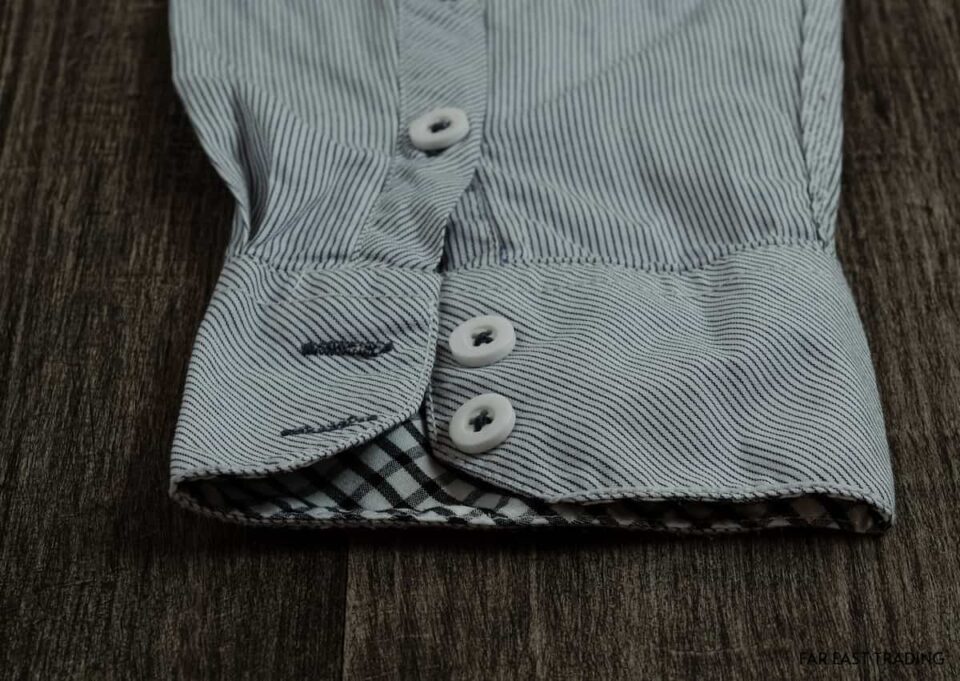
The sleeves of shirts and the ribbing on knitwear are the most vulnerable parts to wear and tear.
In fact, it's common to see many vintage items with damaged sleeves.
Sleeve damage significantly reduces the value of an item, so the author always makes sure to check the sleeves.
5. Thinning of Fabric
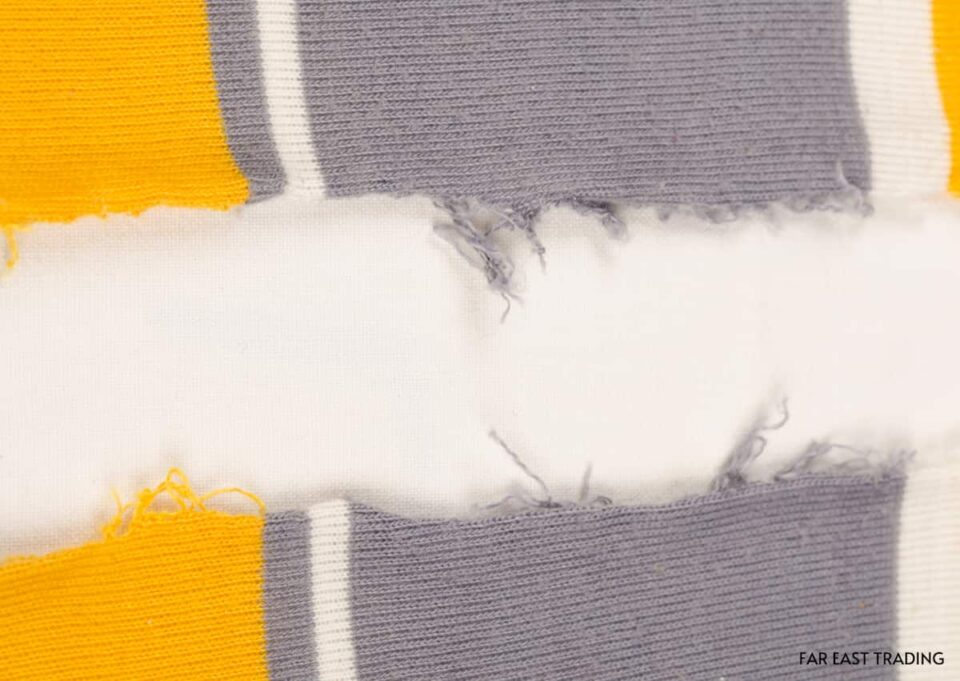
Fabric tends to thin out over time.
If the fabric is too thin, it's not recommended to buy as it won't be wearable for long and has a short lifespan.
In the vintage clothing scene, USA-made items are popular.
The reason for their popularity is the use of durable USA cotton, and the fabric itself is thick, so even items that are 20-30 years old can still be worn without any issues.
Our store carefully selects items with thick and durable fabric.
6. Check Everything on the Vintage Item
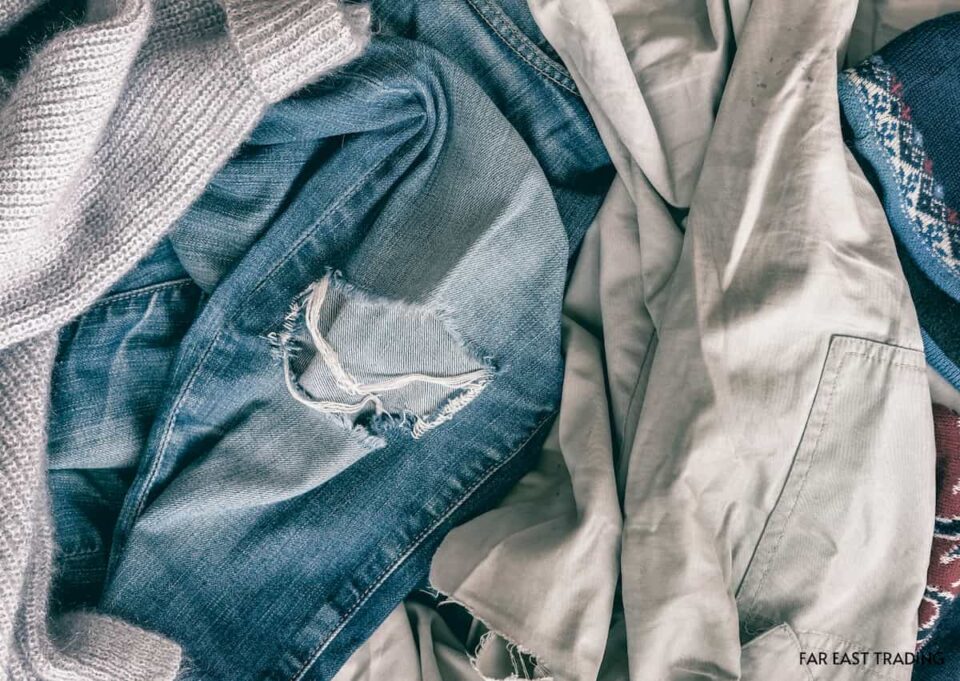
Please consider that vintage clothing often comes with pre-existing issues.
Stains, small holes, and pilling are common.
The charm of "vintage clothing" is that it's appealing enough to overlook such imperfections, but if you wear vintage items with too noticeable stains, it becomes a problem beyond fashion - you'll just look unkempt.
Look at the item as a whole and always judge whether you can accept its level of wear and tear.
7. Avoid Counterfeits
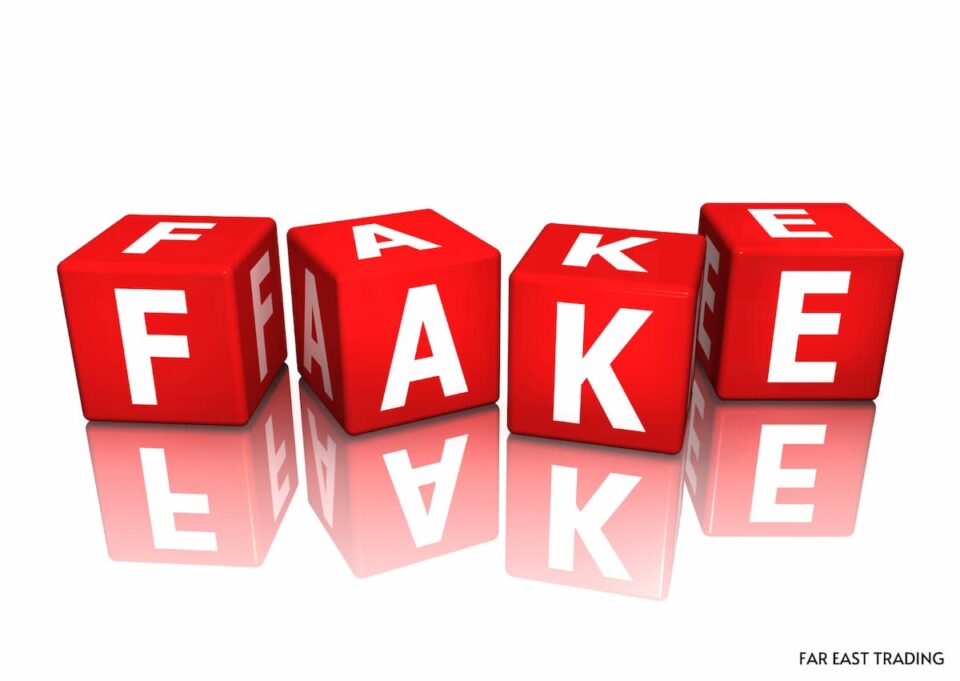
Recently, when celebrities promote vintage clothing by wearing it, the popularity and value of those items tend to increase.
This has led to some people creating counterfeit versions to capitalize on this trend.
As the quality of counterfeits improves, it takes knowledge to distinguish between genuine and fake items.
Many stores unknowingly sell counterfeit items.
However, the fascinating aspect of vintage clothing is that even if an item is counterfeit, it doesn't necessarily mean it has "no value."
Vintage clothing is often about the design, and sometimes, what was originally a counterfeit item can, through various circumstances, gain value over time.
That said, such cases of counterfeits becoming valuable originals are rare.
Therefore, when purchasing a desired vintage item, it's recommended to thoroughly research whether the brand tag on the item is genuine.
Take a photo of an authentic tag beforehand and compare it on the spot.
Our store carefully selects and sells only original items.
Summary of How to Choose Vintage Clothing
When buying vintage clothing, pay attention to the following points:
- Always check for black or yellow stains in the armpit area
- Is the collar area clean?
- Are there any holes?
- Are the sleeves damaged?
- Has the fabric become thin?
- Have you checked the entire vintage item?
- Is it a counterfeit?
Vintage clothing offers quality, individuality, and design that are often lacking in recent mass-produced items.
Choosing vintage clothing can be enjoyable and is an opportunity to fully express your personal sense of style.
Let's choose good vintage items carefully and enjoy a fun vintage clothing lifestyle!


